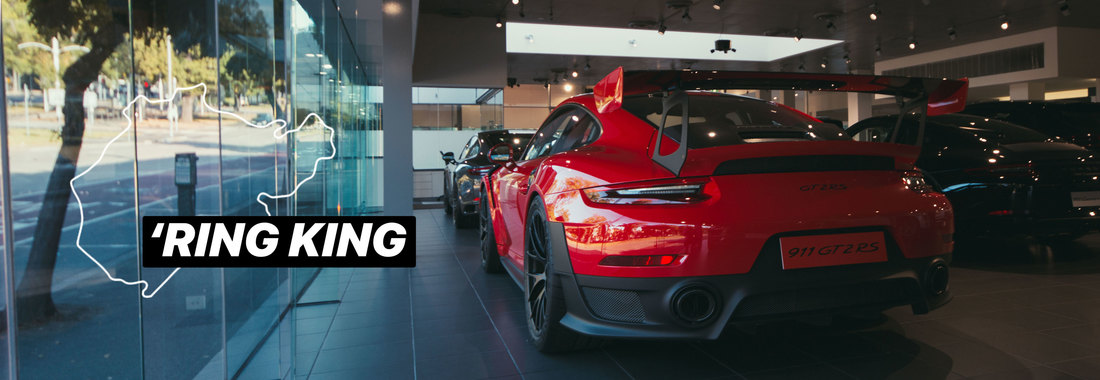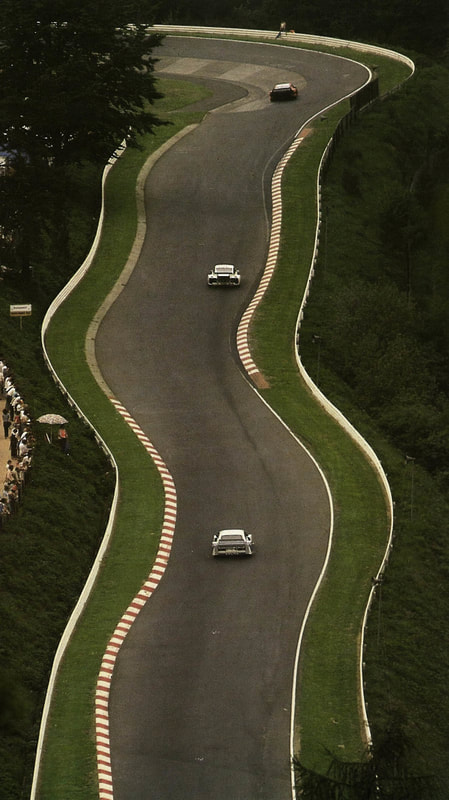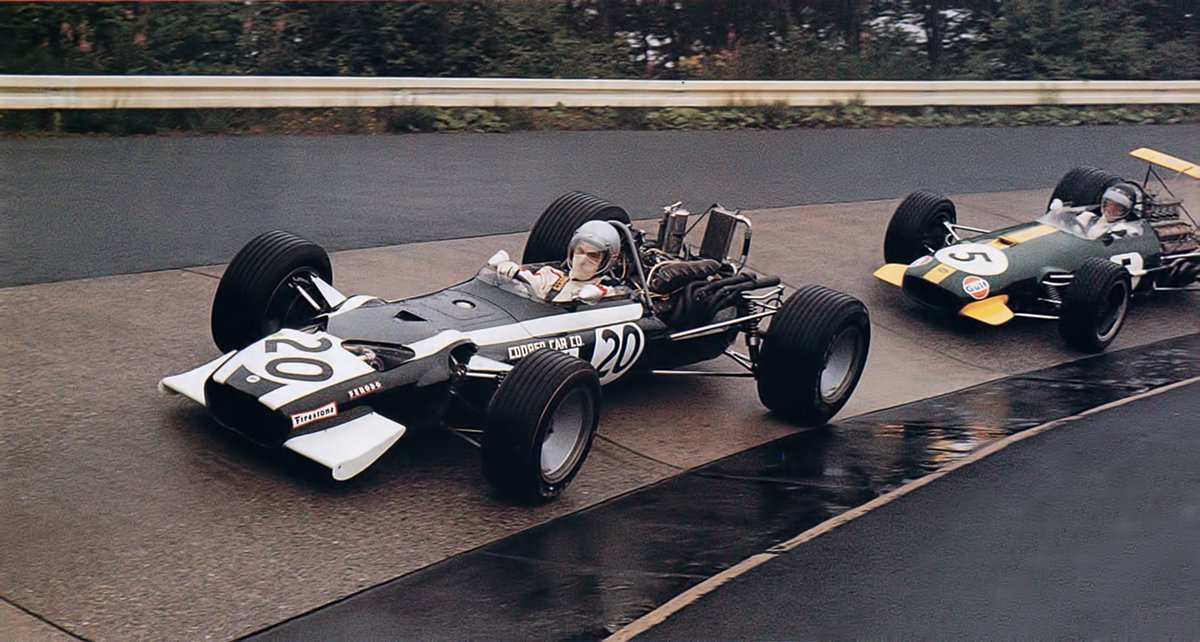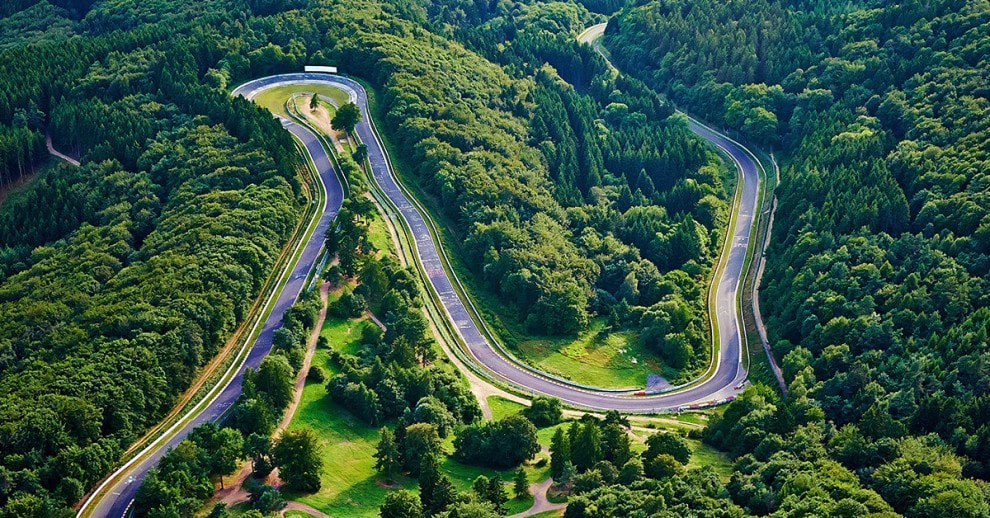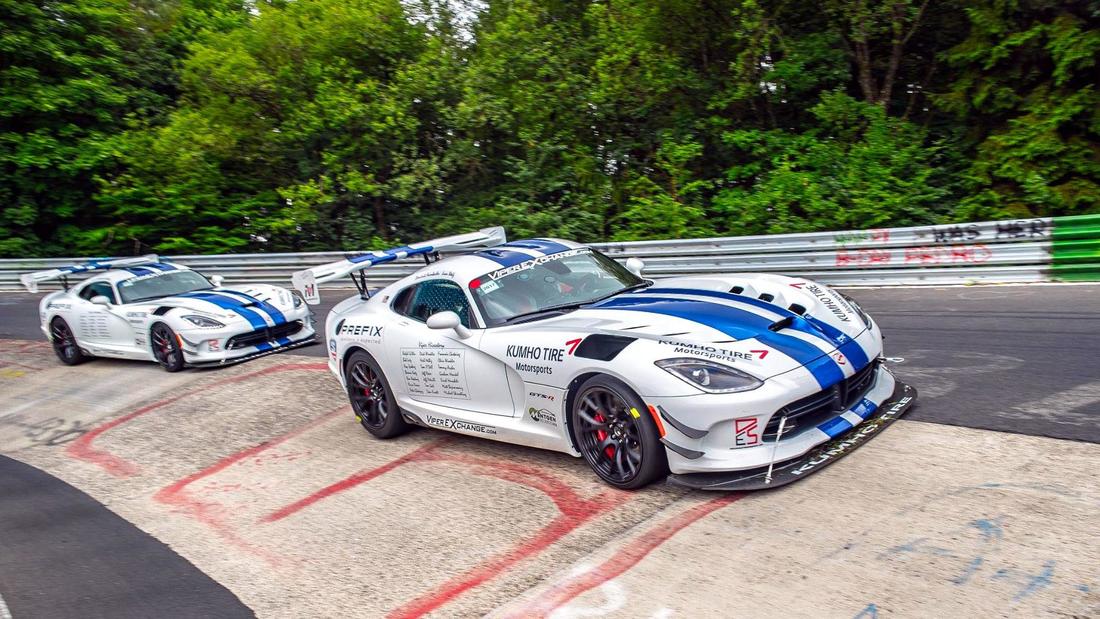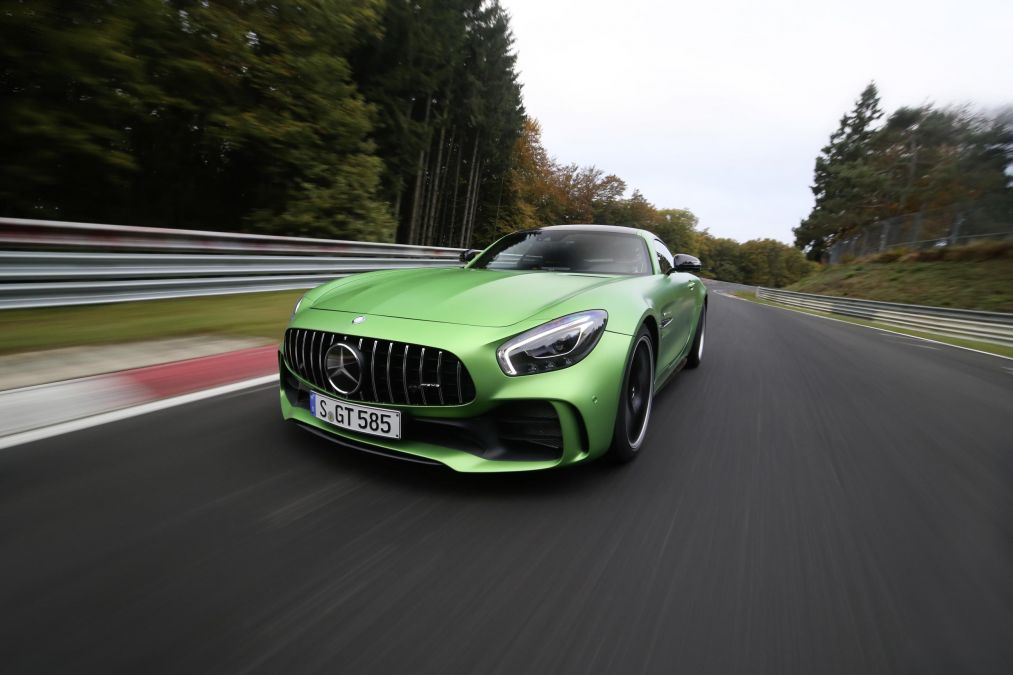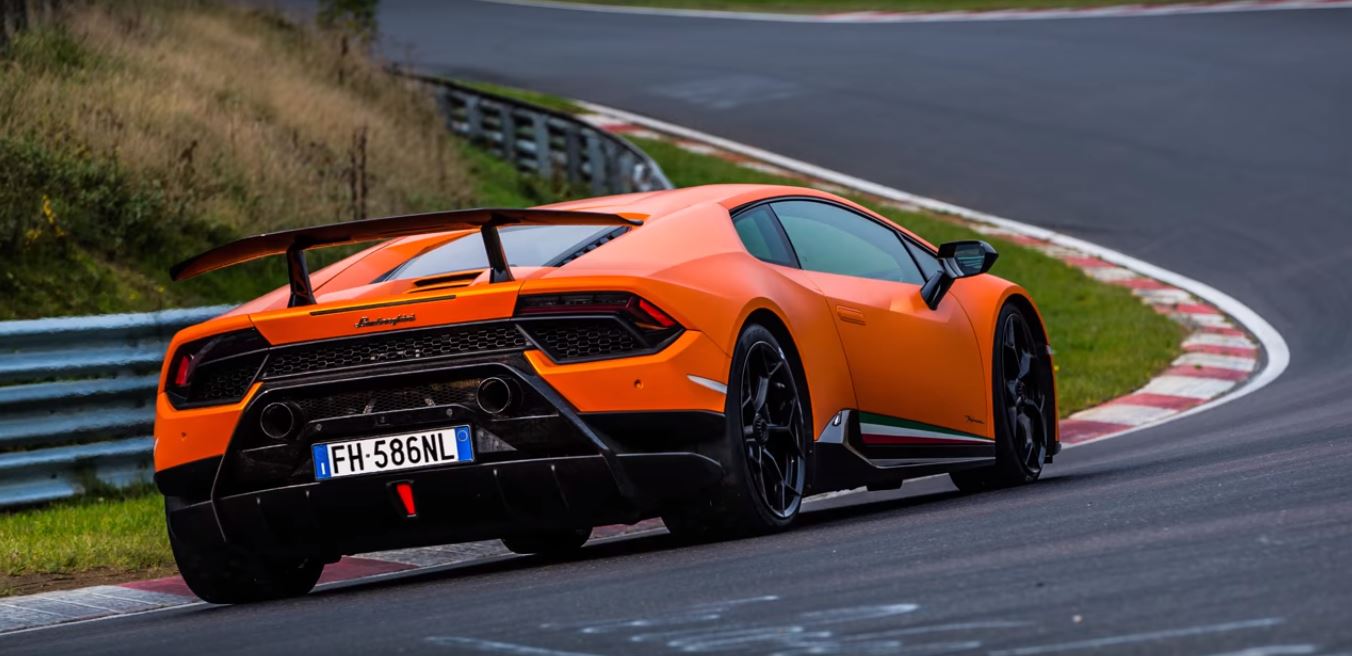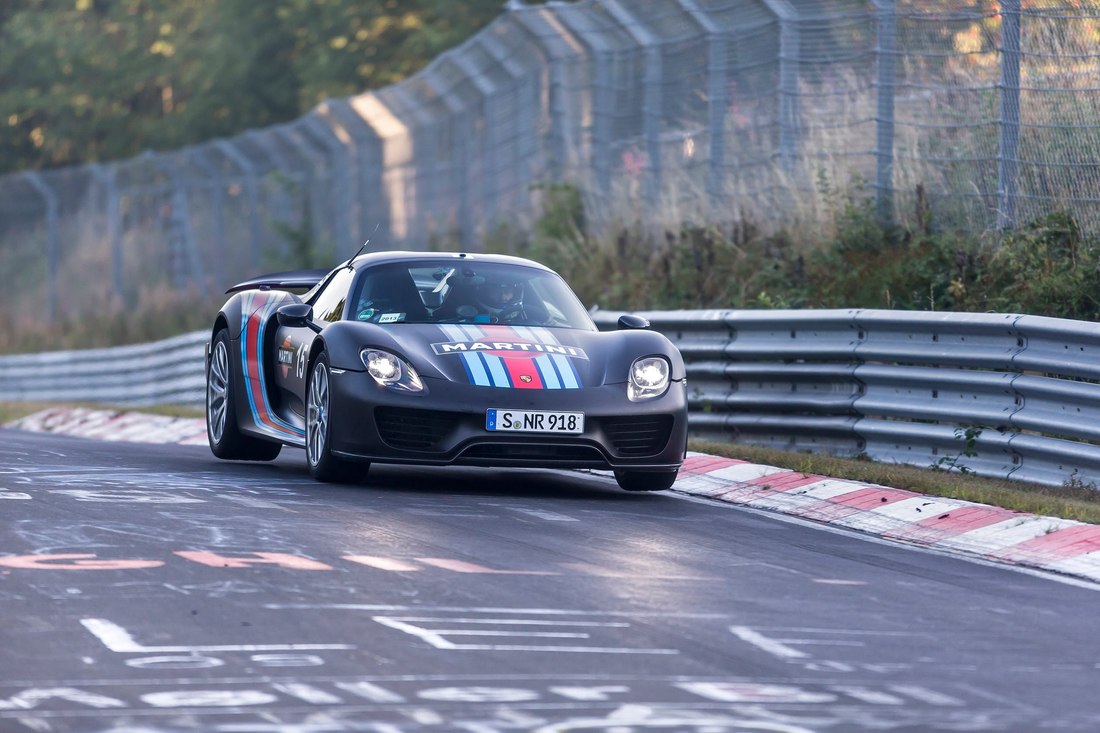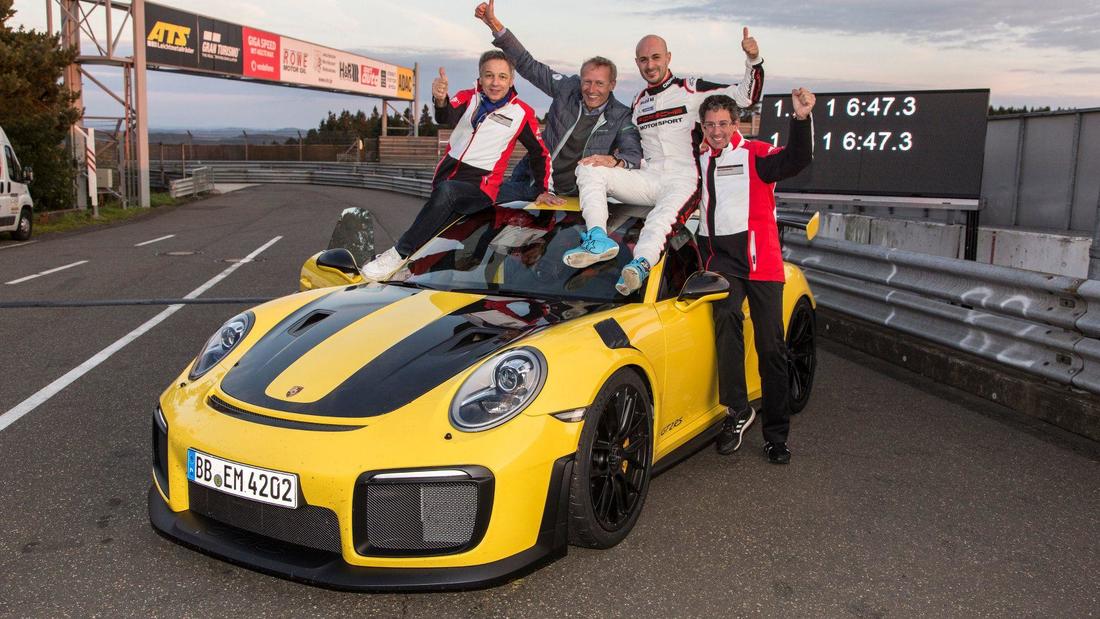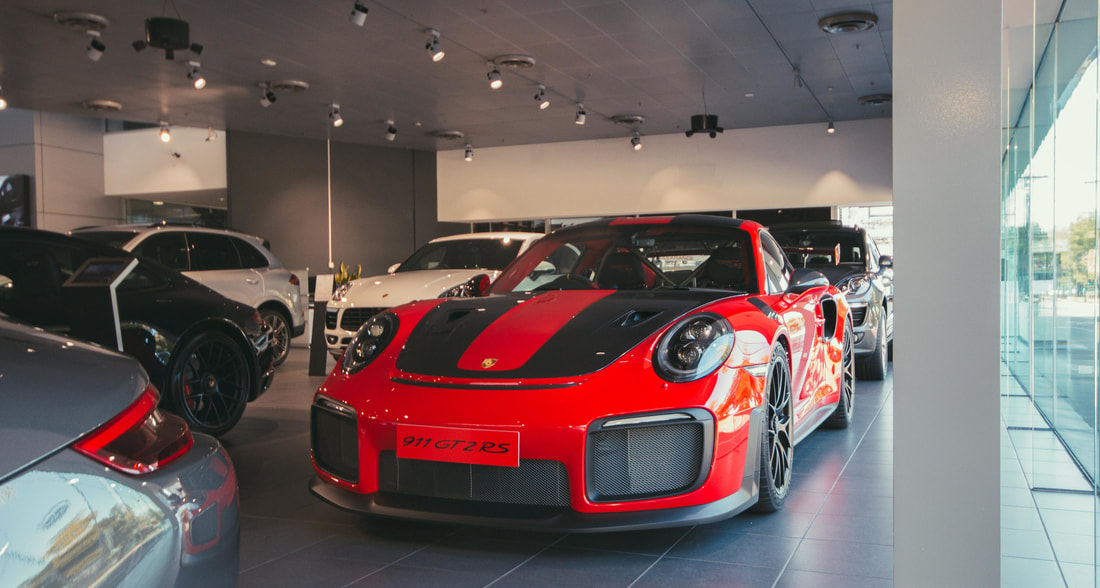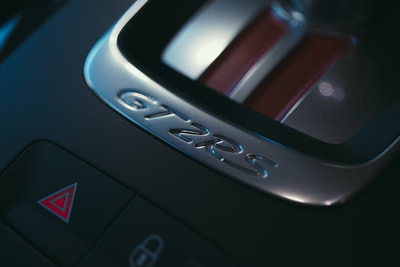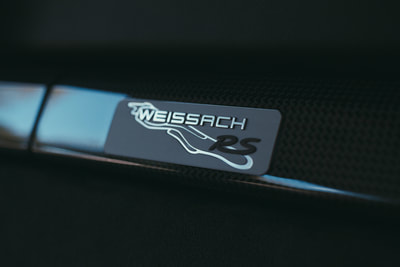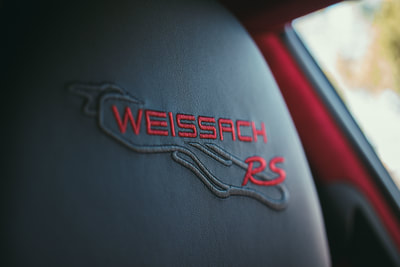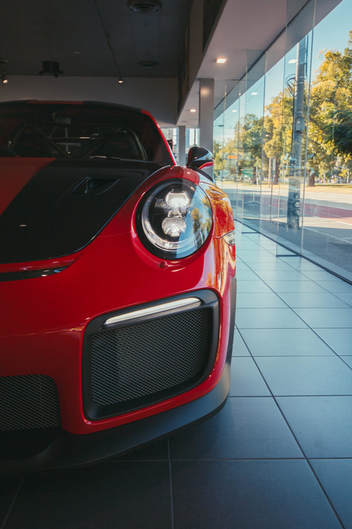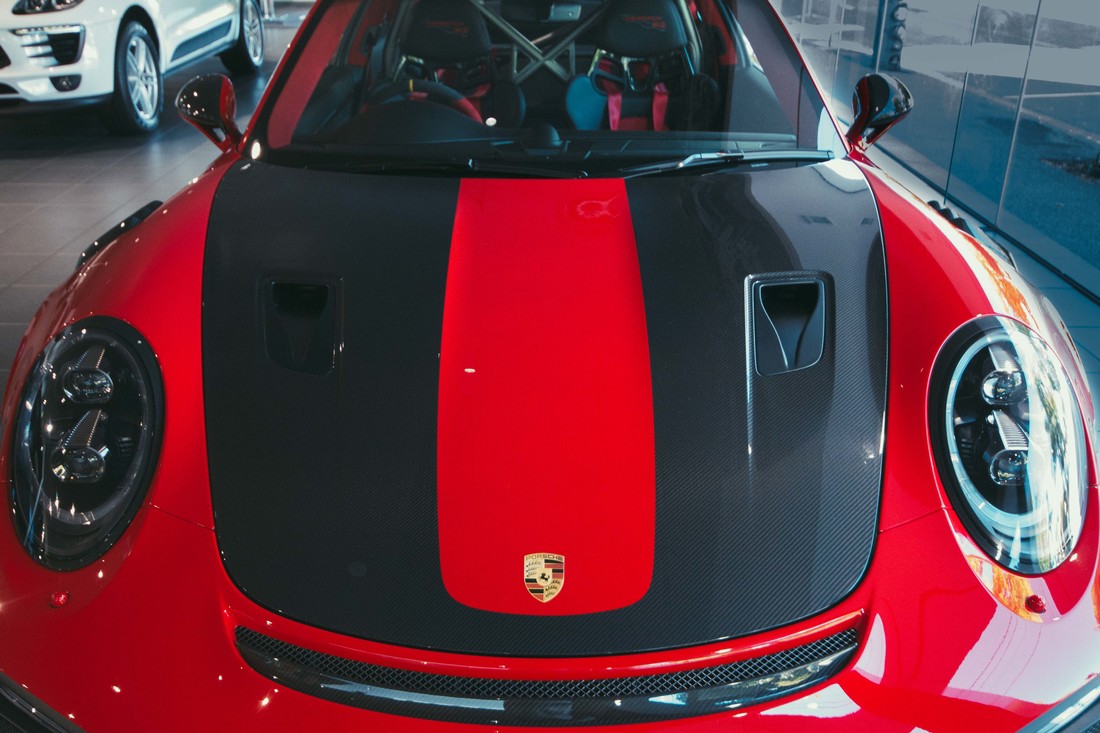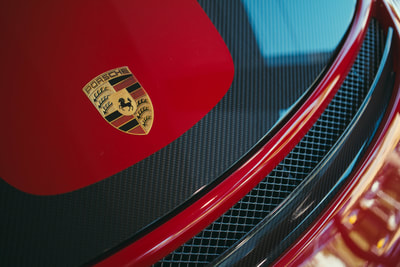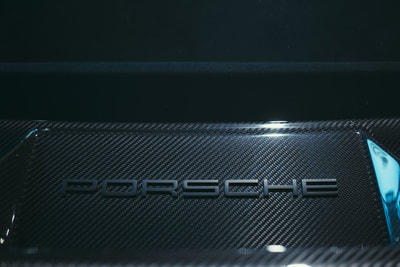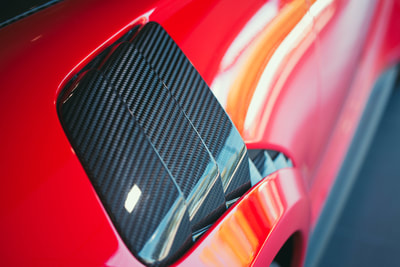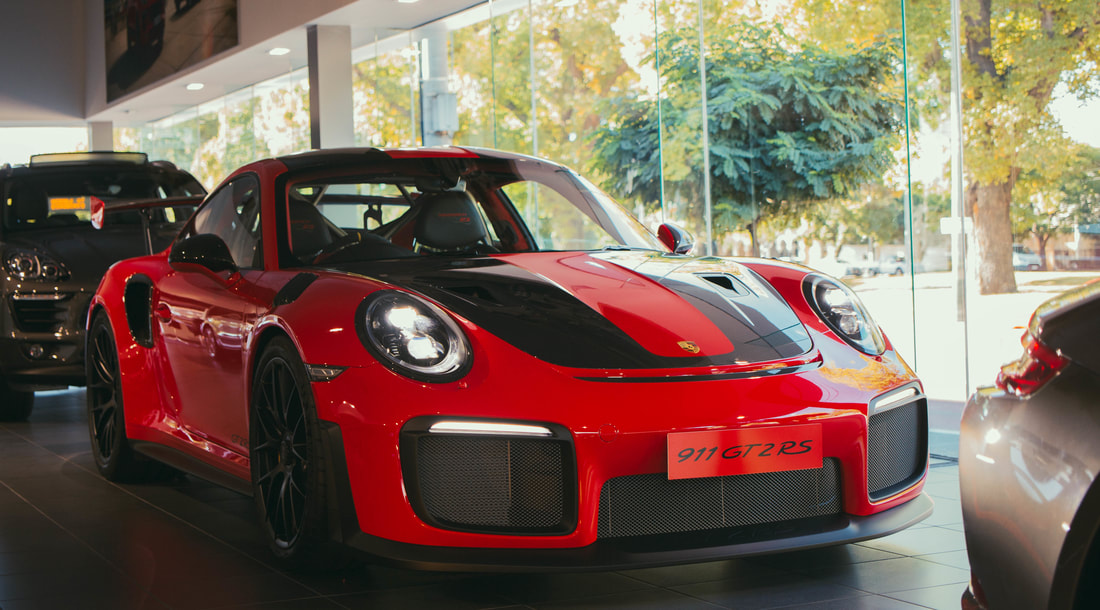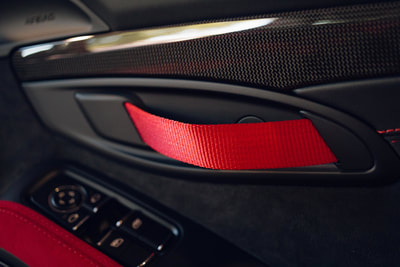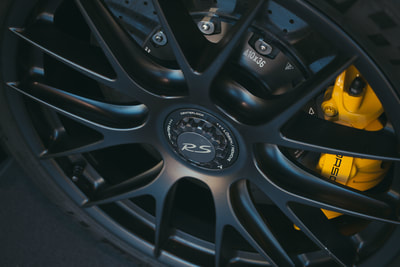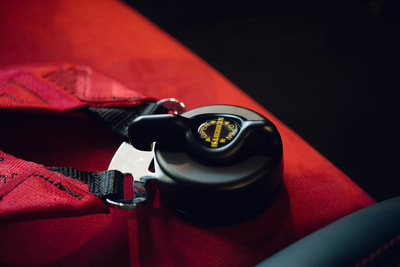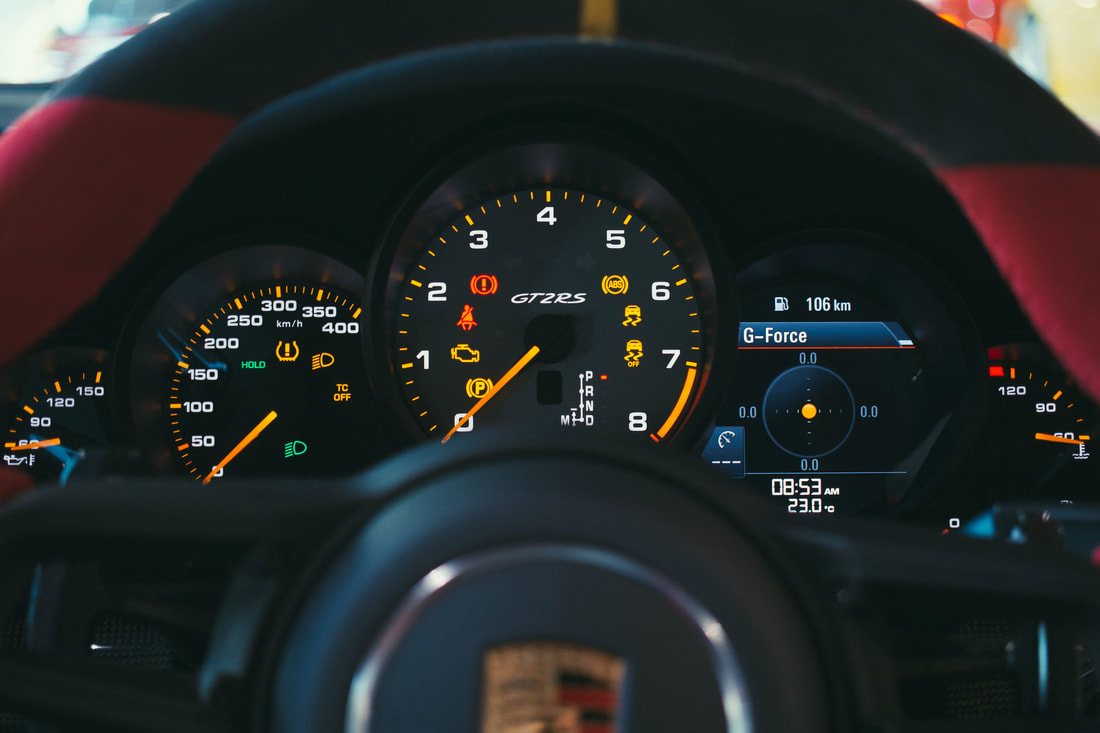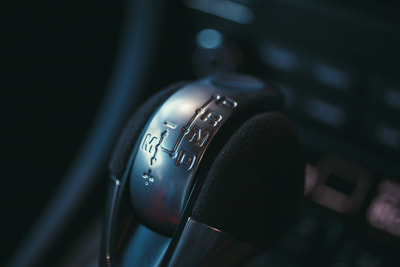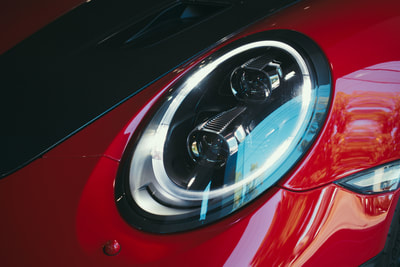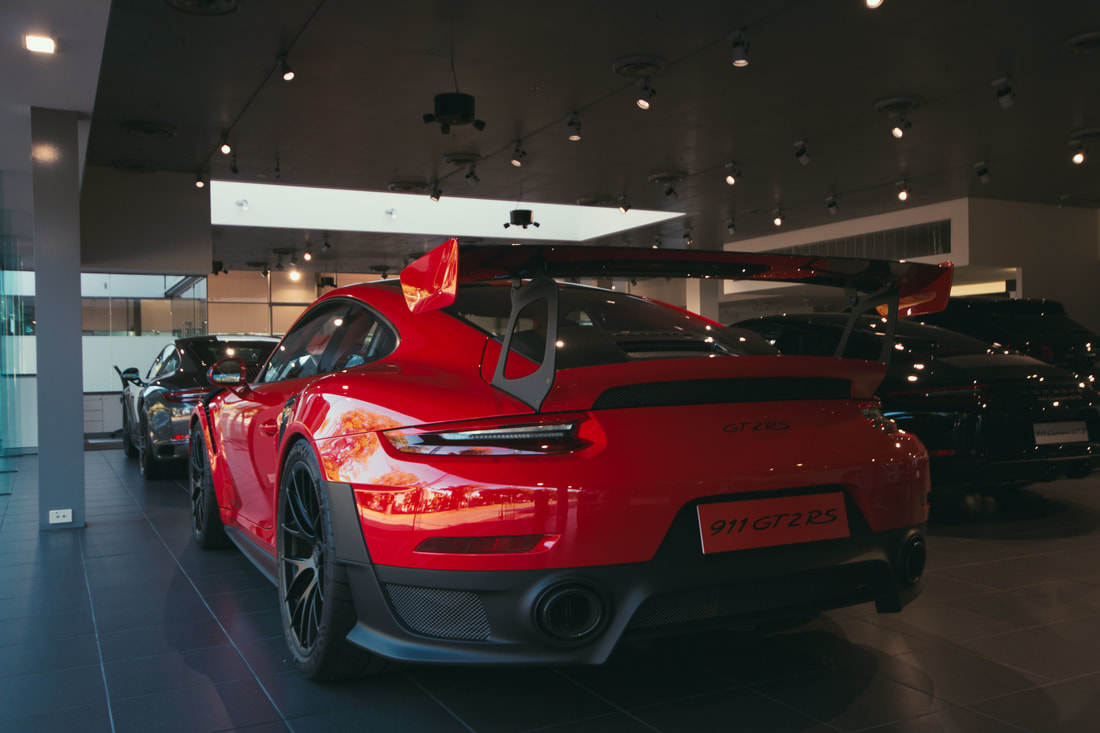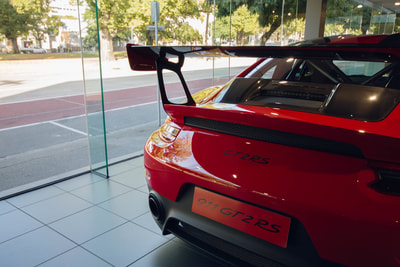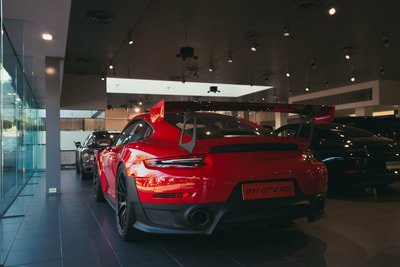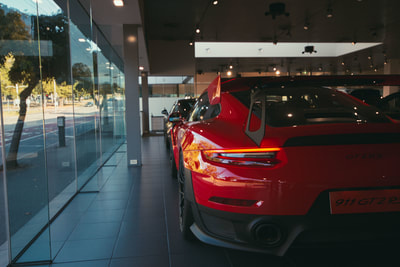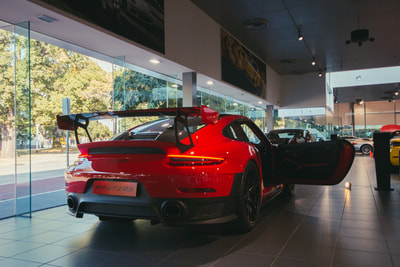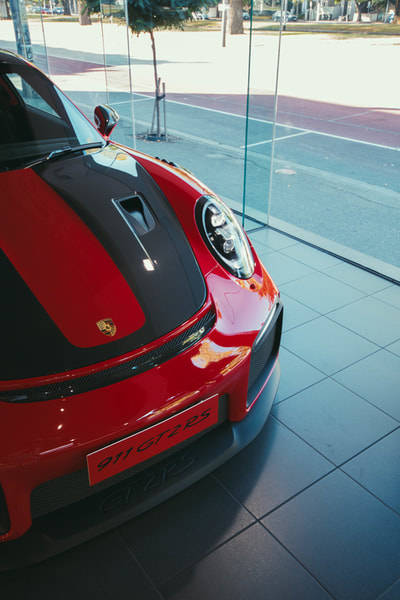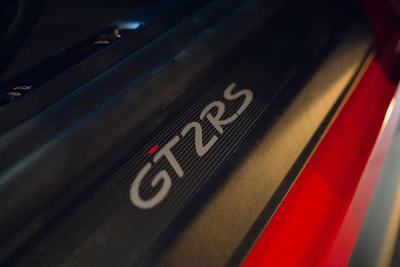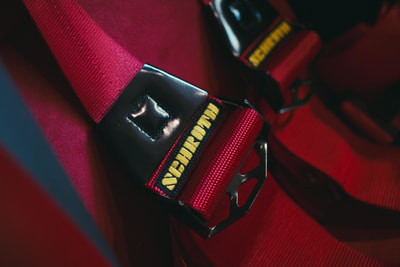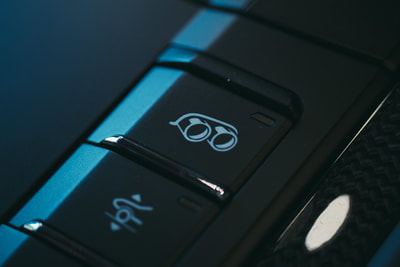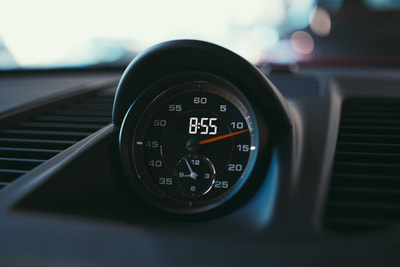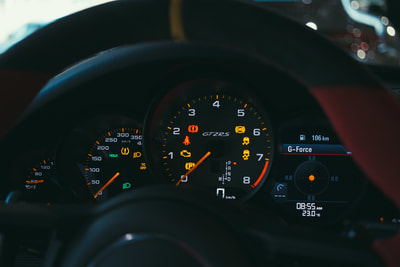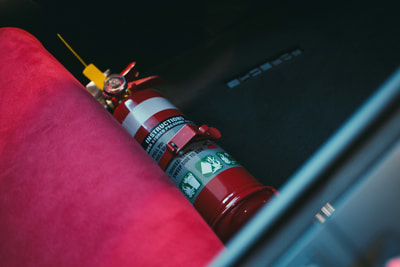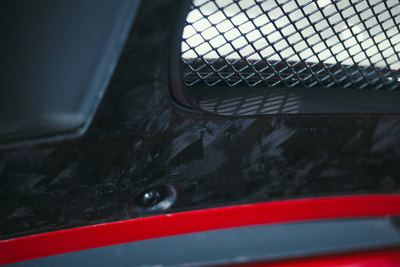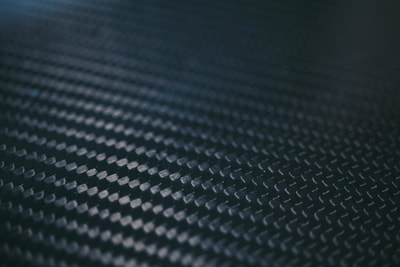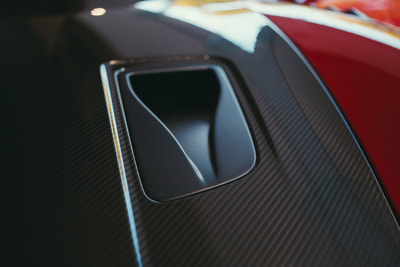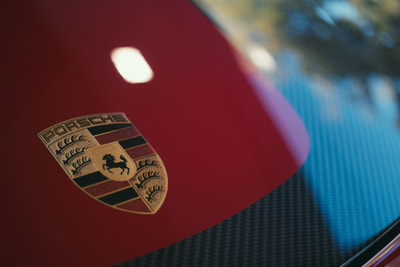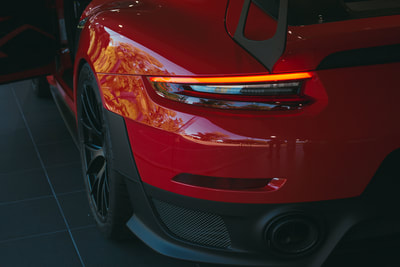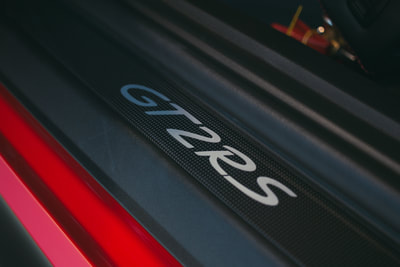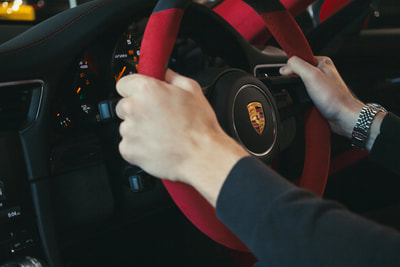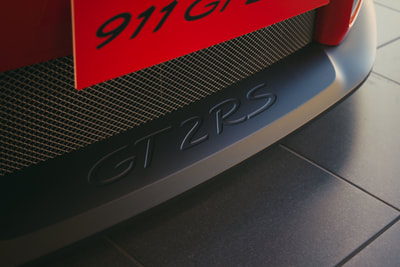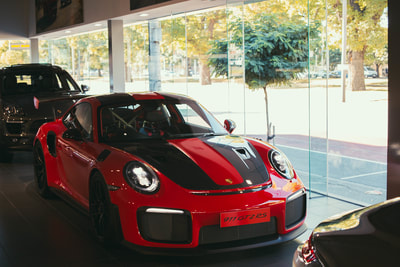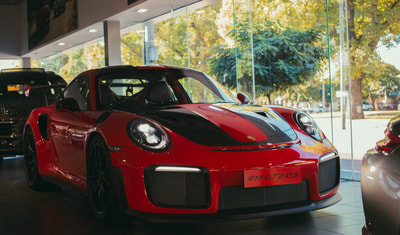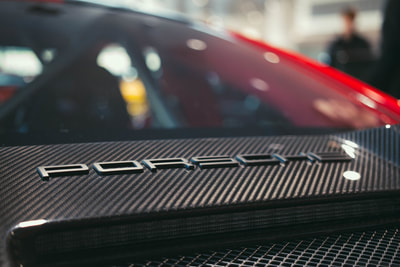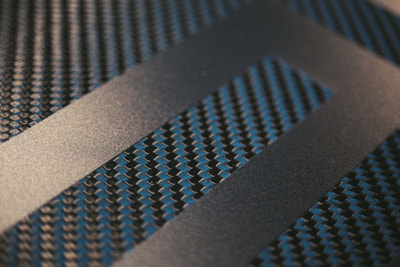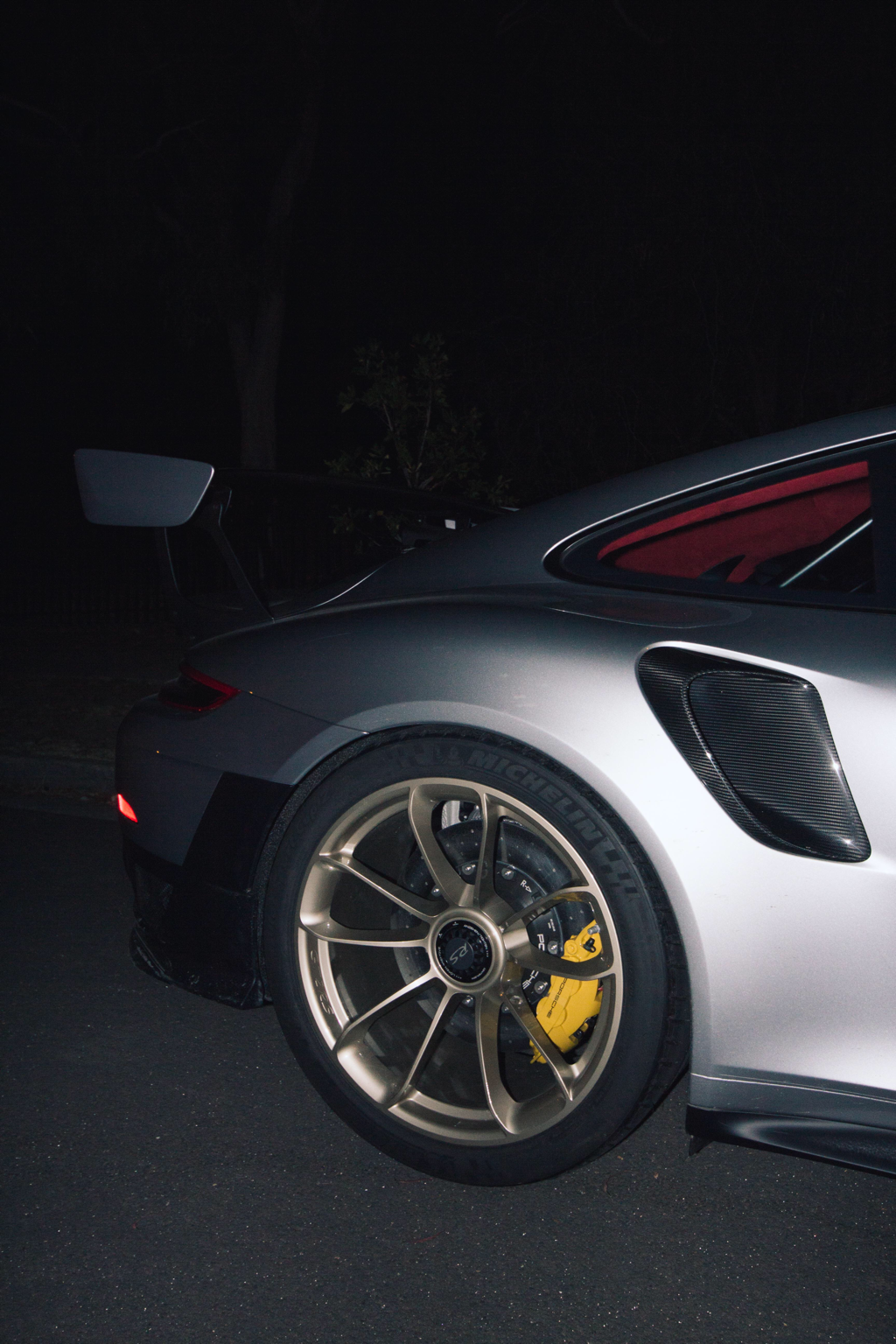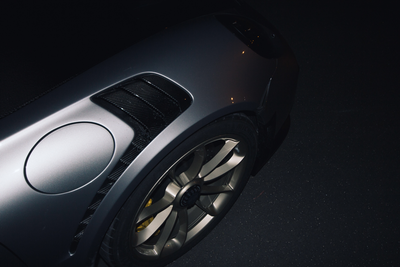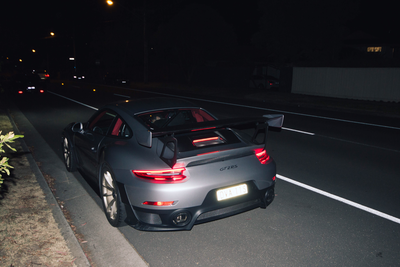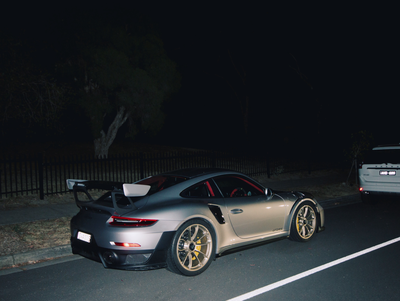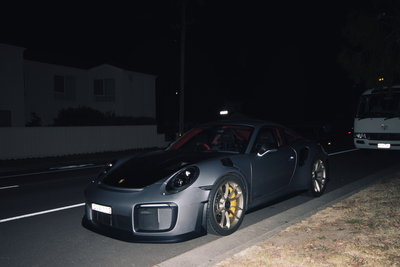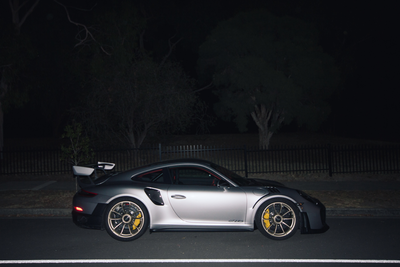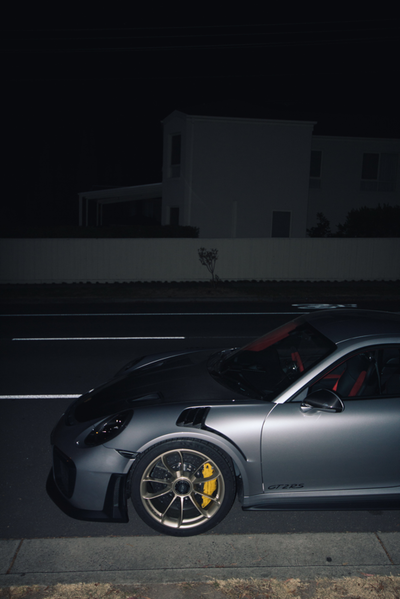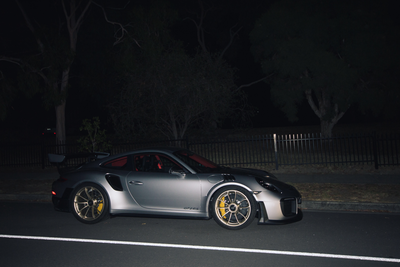|
It’s got to be one of the biggest clichés in the performance motoring industry, doesn’t it? ‘The fastest production car around the Nürburgring’ – a phrase that car manufacturers the world over strive to be able to plaster over their marketing collateral. The thing is, does it really mean anything? To be the fastest car around the 21km, 154 turn German circuit is by no means a small feat. Being able to wrestle a car around the aptly named ‘Green Hell’ requires a perfect recipe of aerodynamics, power, lightweight, tyre compound, track temperature and conditions, fearless driver, the sun and moon to be perfectly aligned; the list goes on. The very existence of hours and hours of ‘Nürburgring crash’ footage on YouTube comprehensively documents the risks involved when taking this track head-on, and how it will spit you out into the armco at a moment’s notice if you fail to respect it. This blog is dedicated to the fabled circuit, as well as the most recent car to be crowned the coveted ‘Ring King' – the 2018 Porsche 991.2 911 GT2 RS. (Note: this is not a sponsored post) The Nürburgring
There really is no limit to what you can take to the track. We'd imagine that driving around the circuit in a Toyota Corolla whilst having a McLaren P1 or LaFerrari bearing down on you, nay, passing you 120km/h faster than your top speed, would be somewhat of a hair-raising experience. What is the attraction, for all of these car loving people, to experience the ‘Ring? Is it the challenge it poses? The historical significance of the track? Bragging rights with your mates that you ‘conquered’ (or crashed at) the circuit? We'd say a combination. And we think you’ll find that the big-name brands have very similar motivations… (apart from the crashing bit!) Manufacturers receive their fair share of criticism when testing a car around the 'Ring. Some argue that the 'Ring has virtually no correlation to the real world, while others (like The Grand Tour's James May) say that developing cars on the track actually make them barely comfortable and impractical on the street. While these are fair concerns, to make a car go fast around the 'Ring it needs to be at the pinnacle of technology and to be honed to a T. Usually it would only be track specials that will be tested here, too; it's probably unlikely that Toyota will be developing the new Prius on the Nordschelife. This means that customers of these track specials will probably be ok with, indeed seeking out, a few 'hardcore' options like stiff suspension or a stripped-out cabin; you certainly wouldn't be buying a VW Golf Clubsport S (current FWD 'Ring King) unless you were an avid petrolhead who is likely to take the car to the track. In that sense, the Nordschleife is the crucible of 'racecar for the road' development and innovation, and that's something we're ok with. "Difficult to drive, easy to die." Lovely If you've read enough about the Nürburgring, scroll down and read our opinion on the latest 'Ring King - Porsche's 911 GT2 RS. If you're thirsty for more information on the fabled circuit, expand the headings below. Brief History
The first race on the circuit was way back in 1927 – an era where guts was the most important metric for winning a motor race. World champion at the time, Jochen Rindt, summarised the circuit succinctly: ‘Difficult to drive, easy to die.' Lovely. Indeed, the colloquial name for the ‘Ring, ‘The Green Hell’, was coined by Sir Jackie Stewart in 1960, setting the tone for the following decades of racing there.
Criteria to be a 'Ring King
In order to be considered eligible to be a production car ‘Ring King, the requirements are simple. There has to be at least 30 units of the car made, and they have to be street legal in at least one country in the EU. All new lap record attempts require an un-edited, uncut on-board video, showing the entire lap and timing from the start to the end of the lap. Try to doctor with the footage in any way, and you'll be found out. Though having been cleared, keen-eyed fans at first thought footage of Lamborghini's record setting lap in the Huracán Performante had been doctored. Additionally, road legal tyres have to be used – no Michelin racing slicks allowed. But just because you have your road legal Mazda 3 at the circuit, it doesn’t mean that you’re in the running to be a lap-record holder. There’s much more to it than that… What does a car have to do to be fast here?
The recipe is a complicated one: tight corners mean that smart aerodynamics is a must, but long straights require a heap of power.
Four- and two-wheel drive cars have both been successful at the ‘Ring, as have cars with front, mid, and rear engine layouts. Hybrid powertrains, as found in the Porsche 918 Spyder, for instance, is the icing on the cake, but again, not a necessity. Each manufacturer has their own recipe, and their own thinking behind the careful and purposeful build of their chosen platform. One non-negotiable factor is a brilliant driver: they need to have thousands of 'Ring laps, deserve your trust to thrash your (undoubtedly expensive) flagship model at a circuit with less than 5m of runoff most of the way, and who has no sense of self-preservation. We might sit this one out. Past Winners
Taking a look at previous record holders will show you that there is indeed no single answer to the Nordschleife.
Take the Dodge Viper ACR, and the 6th fastest ever Nürburgring lap time. It’s a front-engined American brute, with a whopping 8.4L V10 going only to the rear wheels. We’d imagine that would have been an absolute handful, especially considering that its gearbox is manual. Along the front-engine vein, the Mercedes AMG GT R is one that was born on the ‘Ring – it has even got a paint option called ‘Green Hell Magno’. It put in a crazy 7:10.89 minute lap - 8th fastest.
Perhaps you’re a mid-engined supercar manufacturer? You're sure to have some success here, too: take the former record holding Lamborghini Huracán Performante. It put in a 6:52.01 to park it at the top of the tree at the time. Its formula was loads of power, massive wing with brilliant aero management through its ALA system, and a mid-engined naturally-aspirated V10.
The Porsche 911 991.2 GT2 RS The GT2 RS (aka the '2RS' to the cool people) is certainly the epitome of a performance road car, as we discovered. Let's get the numbers out of the way: 6:47.3. Watch the video below to get a sense of how fast this thing really is, plus a look at the bravery of Lars Kern; factory test driver, and coincidentally ex-Porsche Centre Melbourne racing driver. Given four exclusive hours over two days at the circuit, the 2RS apparently beat the former record-holding Lamborghini Huracán Performante on its first lap, and going on to post five laps under 6:50. It was certainly no fluke... Apparently only minimal adjustments were required on the car, save for making the rear wing more aggressive and installing a custom racing seat for the drivers. It really is a race-ready track weapon that even the least mechanically-minded car enthusiast can take to the track and convincingly embarrass their friends. Our date with the 2RS was limited to only an hour early one morning, but we were treated to an empty showroom, and uninterrupted photo-time with the crown jewel in Porsche's current lineup. Specced in the radiant Guards Red, this version includes the $41,990k 'Weissach Pack'; it reduces the weight of the car by 30kgs, and adds the bare-carbon stripes to the hood and roof. An optional inclusion as part of the Weissach pack is the magnesium alloy wheels (also on this car), which add an eye-watering $26,600 to the Weissach pack's price. Mark Webber drove this exact car at the Aus GP back in March - needless to say we were like little kids revelling in his presence... The driving position felt perfect; the wheel grips narrow and comfortable, the full carbon bucket seats with the 6 point harnesses hugging our bodies in place. Interior Alcantara was also in the Guards Red, the standard spec for the 2RS. Including steering wheel, seats, headliner, roll cage, and A-pillar, going all-out red inside and out might be slightly overdoing it for some customers. Porsche often receives criticism for never revolutionising the 911 - critics lamenting that 'all 911's look the same'. To an extent, they are correct; an onlooker would probably see just another 911 at first glance, but the more you stare (which we found ourself doing to an unhealthy degree) the more you pick up subtleties on this car that really aren't standard. Wide body, big wing, massive air intakes, NACA air ducts in the bonnet, and enormous 21 inch rear wheels are little flags that this is no ordinary 911. The recipe of how it nailed the Nurburgring is below. Take note, Ferrari... Ingredient 1: Aerodynamics
The wing itself is a delicate bare carbon-fibre, which sits so high that we could see straight underneath it when looking through the rear-view mirror. If you need to use it as a takeaway coffee cup table on-the-fly, it's as simple as whipping out an Allen key and adjusting it yourself - no smart German engineer supervision required. Ingredient 2: Lightweight The chassis of the 2RS comes from the 911 Turbo, and is made from aluminium and steel, whilst using magnesium and carbon throughout. Epitomising the hardcore nature of the chassis, we found possibly the most savage statement from any car manufacturer we've seen (straight from the Porsche website): "Anyone who shies away from confrontation should stay at home. Anyone who doesn't tolerate a tough design should drive a different car." Succinct, but carrying an important message: the 2RS is designed to be fast. Lightweight, stable, and agile are the keywords here. Multi-link axles allow ride height, camber, and track to be adjustable in car, and also come with an optional nose-lift kit. Including the Weissach pack (which features subtly embroidered headrests, a plaque on the glovebox, and 'PORSCHE' text on the rear wing) the car weighs in at a lean 1,470kgs, which includes a titanium roll-cage and thinner carpet. The lightweight obsession is epitomised by the shift paddles: apparently the previous style were too heavy, so they were redesigned and built in carbon to save 0.4g, or the weight of a piece of gum. Obsessive indeed. Front and rear bumpers are made of microscopic spheres of glass mixed with carbon fibre; designed to be strong but ultra-light. Porsche Communication Management (radio and infotainment) system and air-con are optional deletions, so can be removed if you consider yourself extra-hardcore. Only recommended if you have friends that are equally as insane as you, because let's face it: your date isn't going to be too pleased when there's no air-con on a 35 degree Summer day when you explain 'because racecar'. Weissach-pack wheels save another 11.5kg, bringing the total weight saving through the pack to 30kg. Carbon ceramic 'PCCB' brakes are standard, which you'd probably expect on a car of this calibre. The GT2 certainly earns its 'GT' name, too; cupholders are included even in Weissach guise. If you haven't seen the 911's hidden cupholders, find the closest 911 and ask the driver to give you a demo of how they work; you won't be disappointed. Maybe Lars had a cup of coffee in his car when he was setting his record-breaking laptime... Ingredient 3: Power
According to Andreas Preuniger (via roadandtrack.com), head of the 2RS's development, Lars didn't have any traction or stability control turned on at all during his record run; a testament to the sheer mechanical grip that the tyres and chassis are able to generate, and debunking the myth that the rear-mounted 911 engine will result in poor handling. The effectively instantaneous seven-speed PDK is of course present, with manual not being an option. We can't fault Porsche here; the 2RS is designed to be the ultimate speed machine as opposed to delivering driving purity, so a manual wouldn't make sense. If you want a more pure driving experience, look to the new GT3 'Touring'. Considering 0-100km/h is achieved in a mere 2.8 seconds with the PDK, that feeling of acceleration is probably addictive enough to warrant the auto gearbox. 4 wheel steering makes a return on this latest model, which essentially makes it easier to park at low speed, and much more stable at high speed on track - meaning that power can be put down much more readily. While the 2RS certainly isn't as screaming and high-revving as the 3RS, it isn't quiet; we were pleasantly surprised when we fired it up that both the interior and exterior idle sound reverberating through the PCM showroom were promising of the flat-six beast waiting to be unleashed. A touch of the throttle and the tacho's needle reacted instantly to our foot's input, such is responsiveness of its flat-six. Redline happens at 7,200RPM - not quite the 3RS's 8,800 - but peak torque is available from only 2,500. Where does Porsche go from here? Three cars from the Stuttgart factory are now sub-seven minute Nürburgring weapons (the 918, the new GT3 RS, and of course the 2RS). Some might argue that hybrid powertrains are on the horizon for the 911, and they may be right; the new Mission E is to be launched imminently, with electric powertrains already well ingrained across the Porsche lineup. If and when that happens, who knows how much faster Porsche can make it than the current offering. One thing is for certain, and that is that the 911 GT2 RS is a track capable tool, a canvas to show off the peak of motoring technology, and a grand touring, highway-eating, enthusiasts car at heart. It is well and truly a 911. Special thank you to Porsche Centre Melbourne for inviting us to your showroom, and allowing us time with the GT2 RS. Be sure to head down to PCM for a coffee this Saturday as Porsche celebrates its 70th anniversary; a wide range of historic and modern cars will be on display as the showroom is transformed into a temporary museum of all things Porsche.
Comments
|

